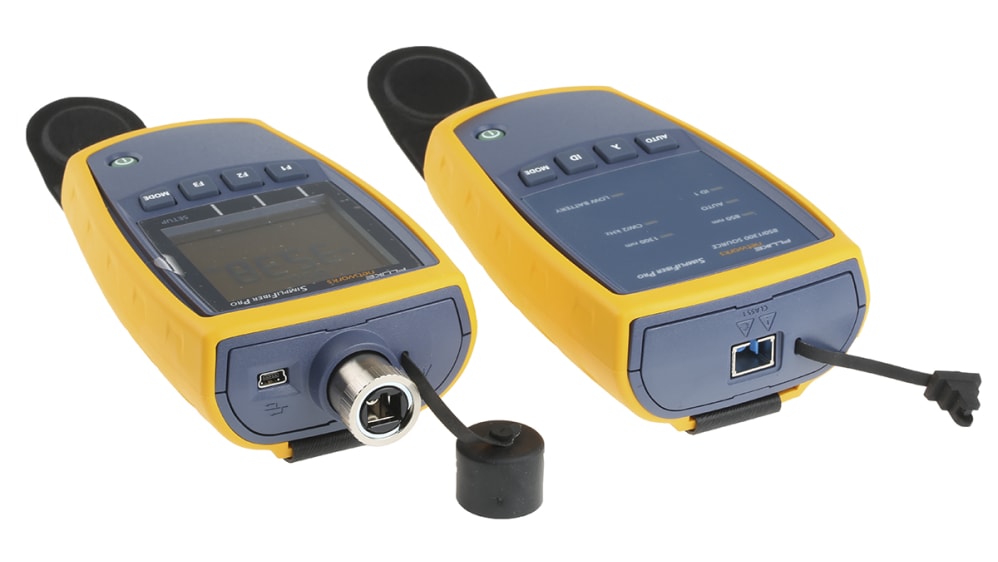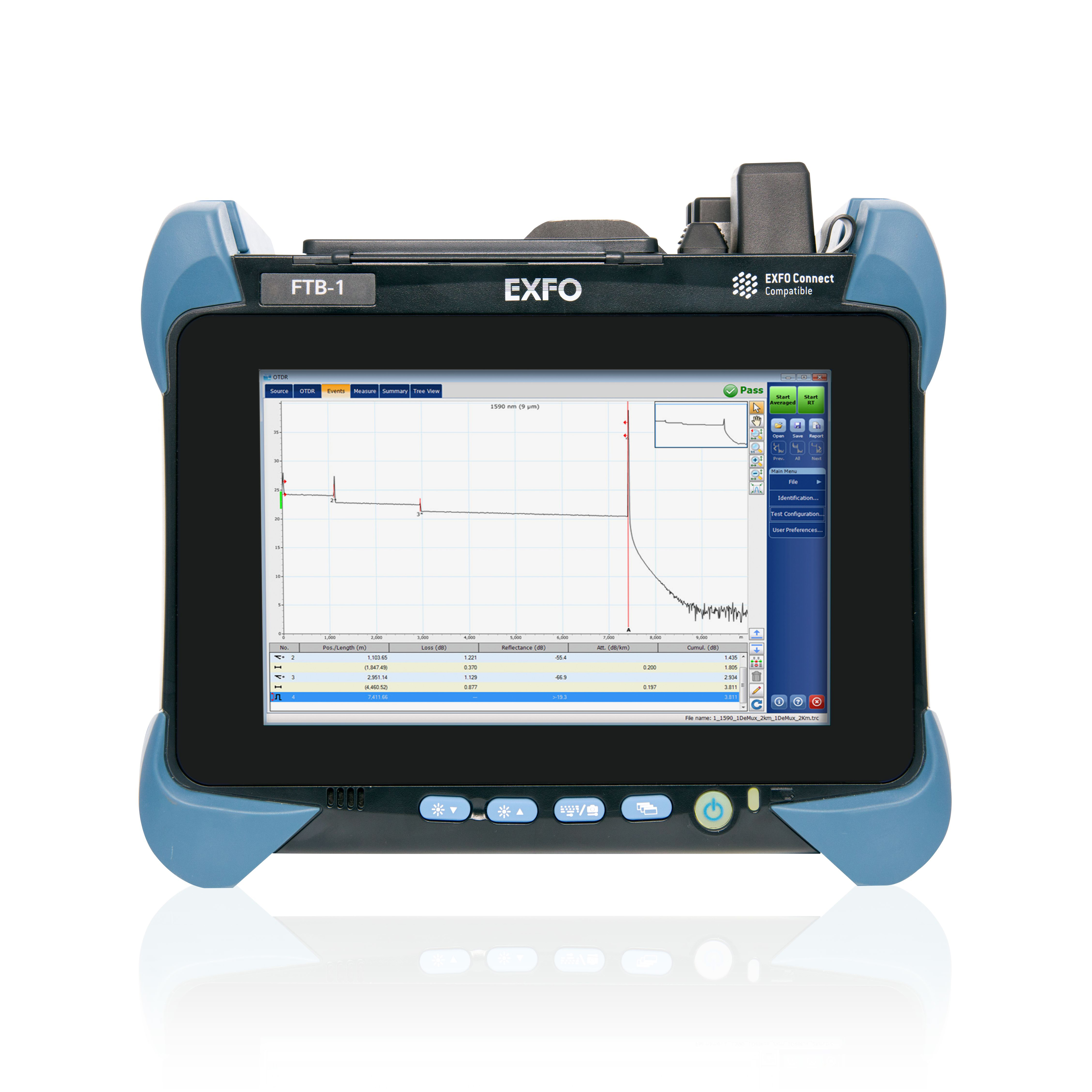A Comprehensive Overview to Optical Measurement System for Fiber Evaluation
When it involves fiber evaluation, recognizing optical dimension systems is crucial for reviewing efficiency and making certain top quality. You'll check out necessary methods like interferometry and spectroscopy, which assist you measure key parameters. There's more to it than simply these techniques; grasping attenuation dimension methods can significantly impact your network's efficiency. As you browse with this guide, you'll reveal understandings that might transform your strategy to optical fiber.
Comprehending Optical Measurement Systems
When you discover optical dimension systems, you'll find they're vital for examining fibers with precision. These systems utilize light to assess numerous attributes of fibers, including size, refractive index, and uniformity. By using methods like interferometry and spectroscopy, you can gain valuable understandings right into the fiber's properties.You'll discover that these systems are made to reduce mistakes and enhance precision, ensuring trustworthy data for your analysis. Various configurations, such as single-mode and multi-mode systems, satisfy specific fiber types, enabling you to pick the very best suitable for your needs.Moreover, the assimilation of advanced software application devices helps you translate the information successfully, making it simpler to recognize any disparities or defects. As you explore much deeper right into these dimension systems, you'll appreciate how they improve the analytical procedure and boost the total quality of fiber production and testing.
Secret Specifications for Fiber Evaluation
Trick criteria for fiber evaluation play a vital function in establishing the top quality and efficiency of fiber optics. When you review a fiber, you'll wish to focus on attributes such as attenuation, bandwidth, and modal dispersion. Attenuation determines the loss of signal stamina as light journeys through the fiber. A lower attenuation worth indicates better quality and longer transmission distances - optical fibre diameter analyzer.Bandwidth describes the data-carrying ability of the fiber and is essential for high-speed interaction. You'll require to analyze the bandwidth to assure it fulfills your application needs. Modal dispersion, which occurs from the different rates at which light journeys with various settings in multimode fibers, impacts signal clearness
Methods for Attenuation Measurement

Transmission capacity and Its Effect On Performance
Understanding bandwidth is important for optimizing fiber performance, as it straight affects the amount of information that can be transferred over a network. Higher bandwidth suggests you can send even more info concurrently, allowing for faster interaction and much better overall efficiency. When you're dealing with fiber optics, it's important to take into account just how bandwidth connects with fiber attributes, such as core size and product properties.If the bandwidth is restricted, you may experience information loss or slower speeds, impacting your applications. Furthermore, different sorts of fibers can support differing bandwidth degrees, so it is essential to select the right fiber for your certain needs.You should likewise remember that environmental variables, like temperature and outside interference, can impact transmission capacity. By comprehending these facets, you can make enlightened decisions to improve your fiber optic systems, ensuring trustworthy and efficient data transmission.
Refractive Index Measurement Methods

Total Inner Reflection
Complete interior representation (TIR) functions as a fundamental principle for gauging the refractive index of fibers. When light journeys from a denser tool to a much less thick one, it can just be fully mirrored if the angle of incidence exceeds a details threshold, referred to as the important angle. This phenomenon enables you to determine the refractive index by examining the angles at which light mirrors or refracts. By utilizing an arrangement that directs light into a fiber and gauges the resulting angles, you can calculate the refractive index precisely. Recognizing TIR not only improves your fiber evaluation but likewise enhances the layout and performance of optical systems. Leveraging TIR can lead to a lot more reliable fiber-based applications.
Interferometric Strategies
Structure on the concepts of complete inner representation, interferometric strategies supply an effective ways for determining the refractive index of fibers with high precision. These techniques make use of the interference patterns created when beams split and recombine after taking a trip various courses. You can utilize configurations like the Michelson or Mach-Zehnder interferometer to evaluate phase shifts caused by adjustments in refractive index. By meticulously adjusting your system and examining the resulting fringes, you can determine the refractive index with impressive precision. It's vital to preserve stable ecological problems to reduce errors. With these strategies, you'll improve your understanding of fiber residential properties, causing much better performance in numerous applications, from telecommunications to sensing unit modern technology.
Modal Dispersion and Its Significance
Modal diffusion describes the dispersing of light pulses as they travel via a fiber, which can influence the overall efficiency of the system. You'll see that this phenomenon can lead to indicate distortion, affecting information transmission rates and top quality. Understanding its value is necessary for optimizing fiber optic styles.
Definition of Modal Dispersion
In fiber optics communications, modal diffusion plays a significant duty in determining signal top quality and transmission rate. It happens when various light modes take a trip at differing speeds with the fiber. Since each mode has distinctive paths and features, they can reach the getting end at various times. This time difference can cause signify spreading and distortion, which can break down the total performance of the communication system. You may run into modal diffusion mainly in multimode fibers, where the several courses of light aggravate the issue. Comprehending modal dispersion is crucial for optimizing fiber styles and making sure that your interaction systems operate efficiently, preserving the stability of the transmitted signals over longer ranges.
Results on Fiber Efficiency
Understanding modal dispersion assists highlight its impacts on fiber efficiency. This sensation takes place when different modes of light travel at varying speeds within the fiber, bring about signify dispersing over time. As you evaluate optical fibers, you'll observe that raised modal dispersion can considerably weaken signal top quality, causing lowered transmission capacity and longer transmission distances. In useful terms, this implies your data can arrive distorted or delayed, impacting overall interaction performance. To minimize these results, you might think about utilizing single-mode fibers, which lessen modal diffusion. By choosing the best fiber type and comprehending exactly how modal diffusion affects efficiency, you can improve transmission high quality and assurance trustworthy information transfer in your optical dimension important site systems.
Tools and Technologies for Optical Measurements
When it concerns optical view publisher site dimensions, numerous ingenious devices and modern technologies are at your disposal to enhance fiber evaluation. You'll discover fiber optic testers, which evaluate signal top quality and performance, crucial for preserving perfect network performance. Optical time-domain reflectometers (OTDRs) are vital for locating mistakes and measuring loss over ranges, providing in-depth insights into fiber honesty. Furthermore, spectrometers can analyze light spectra, aiding you identify product residential or commercial properties and composition.Don' t overlook the value of imaging systems, like electronic microscopes, that allow you to aesthetically inspect fiber surfaces for flaws. Also, think about making use of polarization analyzers to measure stress and stress in fibers, which is crucial for understanding their habits under numerous problems. By leveraging these tools and innovations, you can considerably boost your fiber evaluation processes, guaranteeing dependability and high efficiency in your optical networks.
Often Asked Concerns
What Are the Prices Connected With Optical Measurement Systems?
The costs associated with optical measurement systems can vary significantly. You'll need to evaluate equipment prices, maintenance costs, software program licenses, and potential training expenditures. Budgeting carefully will help you stay clear of unanticipated economic obstacles down the line.

Exactly How Often Should Fiber Analysis Be Performed?
You must perform fiber evaluation routinely, commonly every six months or after substantial changes in the setting (fibre testing equipment). This ensures ideal performance and assists determine possible issues before they affect your system's performance and reliability
Can Optical Measurement Systems Be Calibrated in your home?
Yes, you can adjust optical measurement systems in the house, but it requires precision. Make specific you follow the manufacturer's guidelines, use appropriate calibration requirements, and ascertain your results to ensure precision in your measurements.
What Industries Frequently Make Use Of Optical Measurement Equipments?
You'll locate optical dimension systems widely made use of in industries such as telecoms, manufacturing, healthcare, and research. They're essential for high quality control, fiber analysis, and making sure precise measurements in different applications, enhancing effectiveness and accuracy across industries.
Exist Any Kind Of Safety And Security Worry About Optical Measurement Systems?
Yes, there are safety problems with optical dimension systems. You ought to always put on protective eyewear to secure your eyes from intense source of lights and official site warranty appropriate training to handle tools safely and stay clear of mishaps.